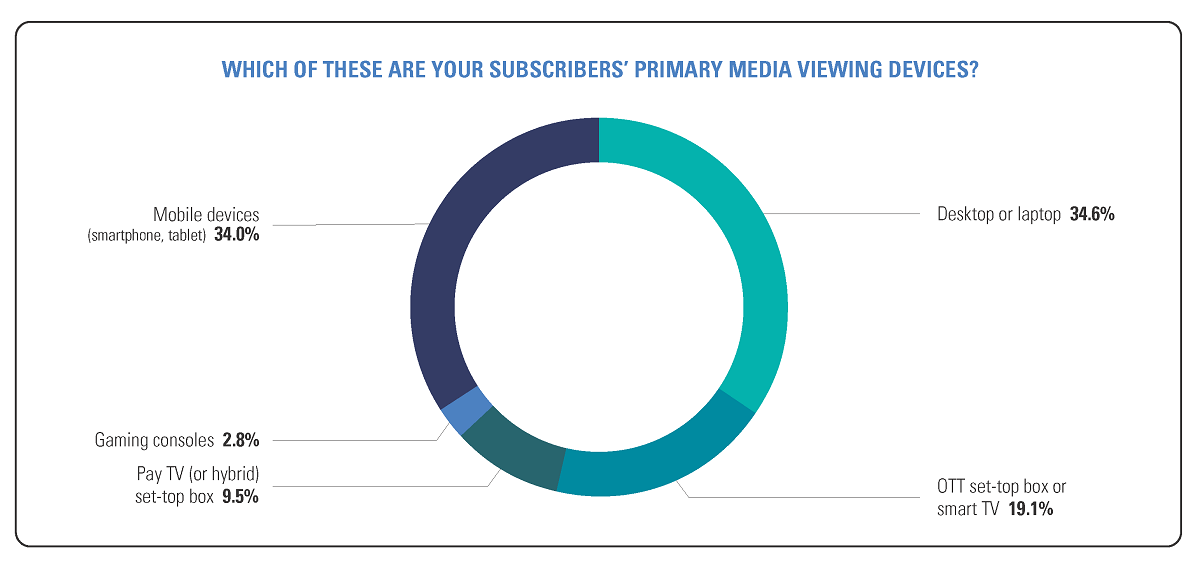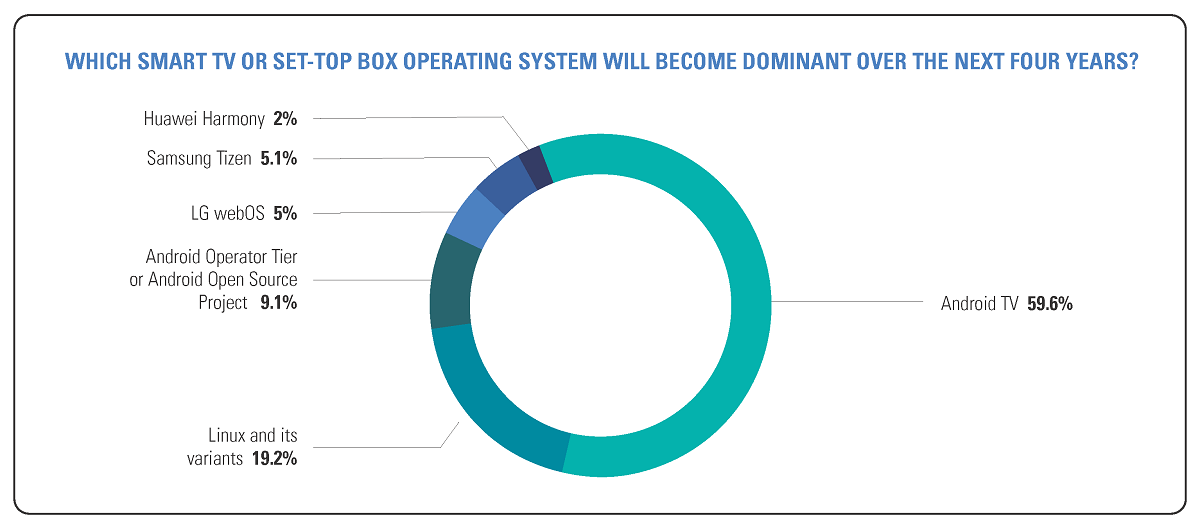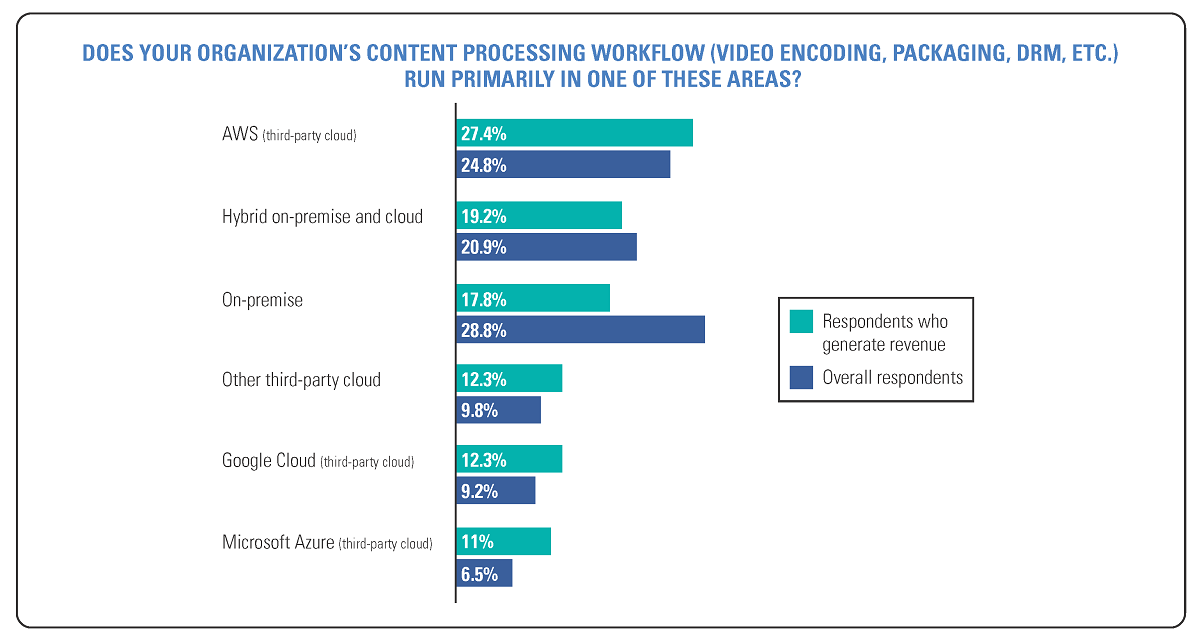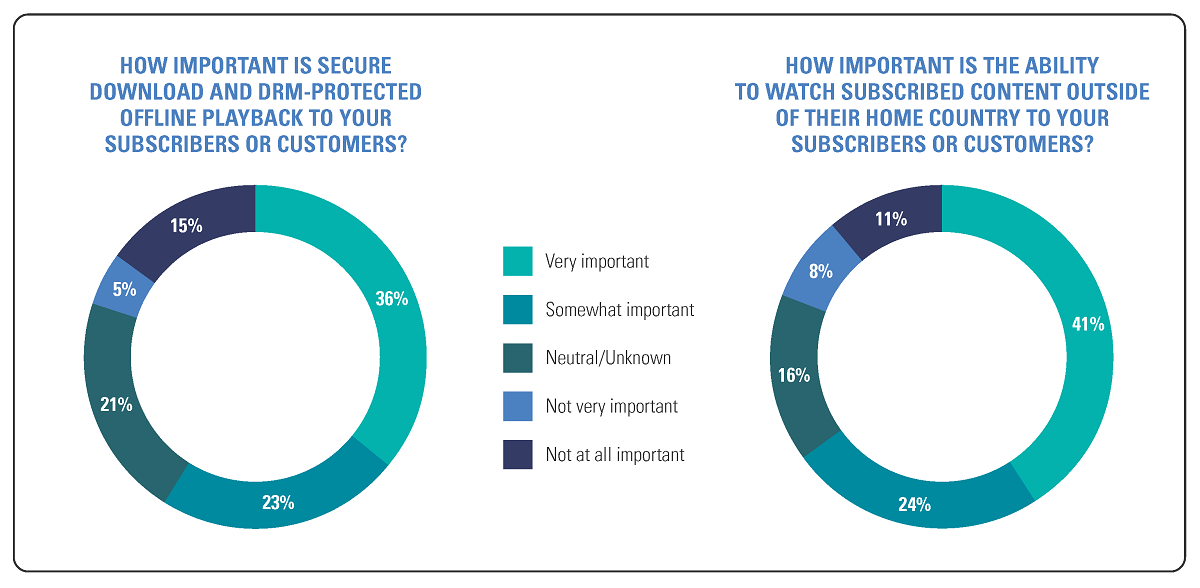
READ MORE: New Report Reveals Converged Broadcast and Streaming Services To Become Mainstream (Intertrust)
The macro convergence of streaming with linear TV requires content security to merge, according to a new report.
Intertrust’s “2022 Secure Streaming & Broadcast Workflows” report reveals broadcast TV will continue to be viable for the foreseeable future, despite the growth of streaming, and suggests the video industry will evolve to a hybrid approach, where linear broadcasting coexists alongside VOD content and live streaming.
“Our research shows that the convergence of streaming and linear broadcast media delivery has evolved to the point that consumers primarily care about what and where they watch, not whose OTT or Pay TV service that they are using,” said Tim Siglin, the survey report’s author.

As broadcasting and streaming are increasingly blending into a single, unified user experience to support this hybrid approach, user interfaces based on Connected TV (CTV) and operator apps will be key, replacing traditional electronic program guides (EPG) for content discovery and navigation. As a result, a converged security solution with layered protection will become the industry norm.
Report sponsor, the security and anti-piracy services developer Intertrust, highlighted the need for a multi-DRM approach to protect premium content, and that “a comprehensive, layered anti-piracy solution is also vital to protect service providers’ revenue.”
This approach calls for not only geo-blocking and DRM but also proactive application shielding and content web monitoring.
CONNECTING WITH CONNECTED TV:
Currently one of the fastest-growing channels in advertising, Connected TV offers a highly effective way for brands to reach their target audience. Learn the basics and stay on top of the biggest trends in CTV with fresh insights hand-picked from the NAB Amplify archives:
- Connected TV Takes Over the World
- Connected TV Is the New TV, and That’s Where We Are
- FAST TV and SVOD Are “Channeling” the Cable Business Model
- More Consumers Are Headed Into the FAST Lane
- SVOD vs. AVOD Today, All Connected TV Tomorrow
- Ways Pay TV Operators Can Win the SVOD Game
“Our research shows that the convergence of streaming and linear broadcast media delivery has evolved to the point that consumers primarily care about what and where they watch, not whose OTT or Pay TV service that they are using.”
— Tim Siglin, Intertrust
The report also found that, despite dire industry warnings, respondents — 63% of whom work in the streaming industry — indicated live-linear and broadcast TV isn’t going away anytime soon. Responding to a question about their vision of TV’s future, 42% of respondents see significant value in converged services that use both streaming and broadcast delivery via standards such as HbbTV and ATSC 3.0.
When respondents were asked about their vision of broadcast’s future, the top answer overall was “Smart TVs will offer converged solutions (broadcast TV and streaming) using HbbTV or ATSC 3.0.”

This is in keeping with the streaming industry’s belief that smart televisions will take on more and more of the converged media consumption workload, perhaps through the integration of live-event streaming and live broadcast events in a consolidated EPG.
This converged approach is perhaps a bit brighter than the alternate reality: no broadcast television. Slightly more than a third of respondents chose “Broadcast TV has no future; streaming to smart TVs or OTT devices will replace it” as more aligned with their vision of broadcast’s future.
Interestingly, despite all the mainstream press about Sky Glass and the Comcast XClass TV, only around 16% of respondents chose the option of cable set-top boxes being replaced by streaming-only smart TVs as aligning with their vision of the future.






